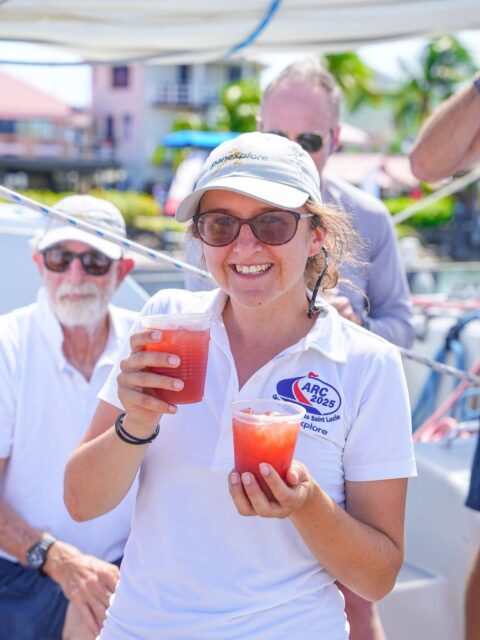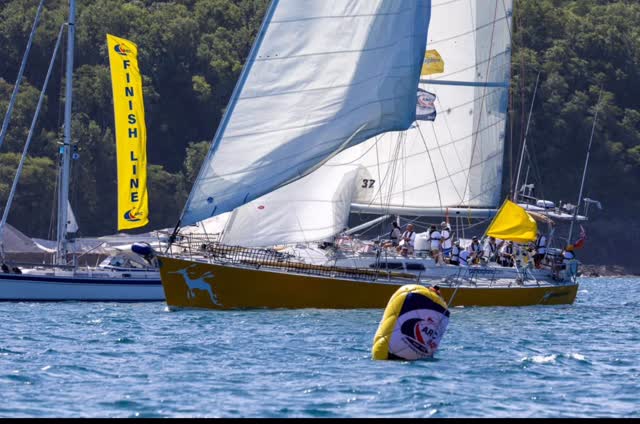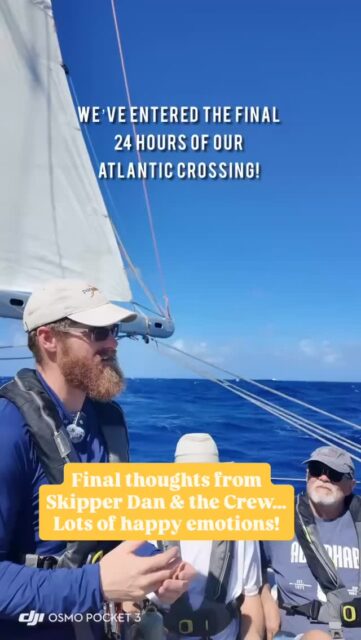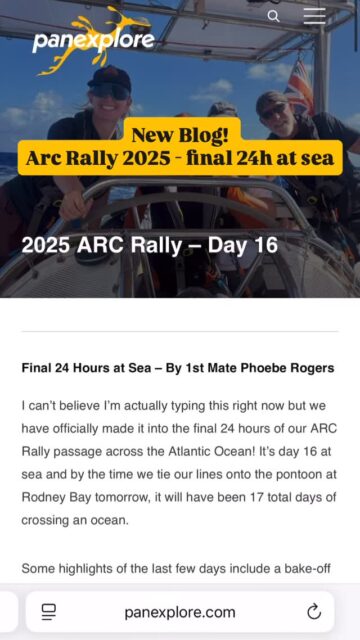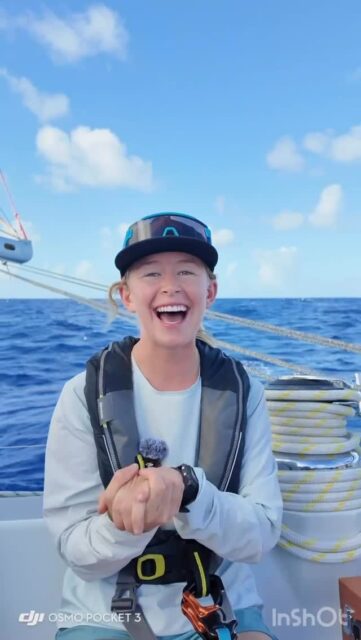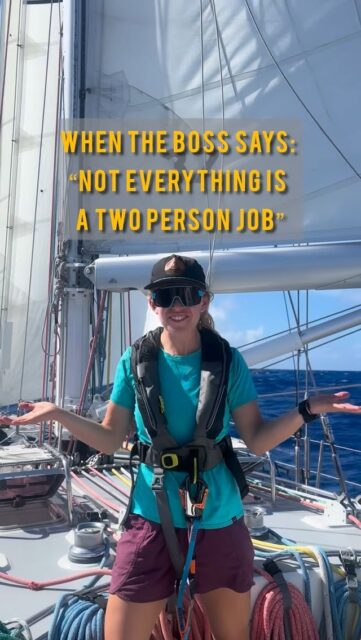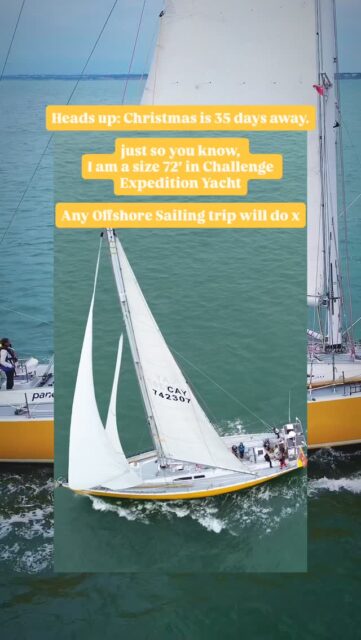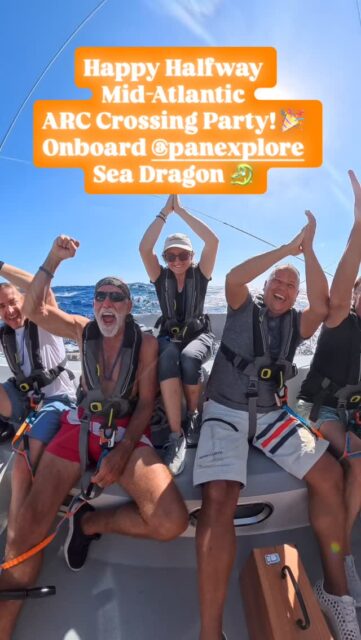When Macro becomes micro the impact of plastic pollution shifts from being an eyesore for humans to an intestinal sore for fish. The greatest migration on the planet is not the seasonal movements of wildebeest across Africa or Canada geese over North America, but the nightly mad rush of millions of tons of zooplankton, fish and larger predators to the surface to feed on the buffet of phytoplankton growing in the sun all day. Of course only zooplankton eat phytoplankton, but the rest of the food chain follows.
Myctophid fish, in the picture here, are deep sea fish with glowing spots on their bellies, large wide eyes, and an appetite to match. They scavenge the sea surface for zooplankton. In 2009 Algalita collected 671 fish, of which 35% has plastic in their guts. SCRIPPS did the same study in 2009 and discovered 9% ingested plastic.
We’re finding a few fish in our trawls, but today we also found fish eggs, a plastic bullet, microplastic fragments, and a nurdle. Can the fish tell the difference? What’s evident here is that the plastic you can’t see is equally, if not more problematic than the plastic you can see. Though you can barely see it on the sea surface, the fish can, and go after it, consuming and retaining it in their gut.
When the sun rises, these little 4-inch long fish race to get deep below the surface before light makes their silhouette clear and their bodies vulnerable to predators. They race to get deep with less nutrition in their bodies than their sense of “fullness” tells them they have. The race to get deep, but with buoyant particles of polypropylene and polyethylene that work against their efforts.
We don’t know entirely what microplastic does to the world’s foraging fish, which make up the bulk of fish biomass in the ocean. Maybe nothing. Maybe something tragic. Should we wait and see or work now to stop the flow of plastic pollution to the sea? I think the answer is obvious.


